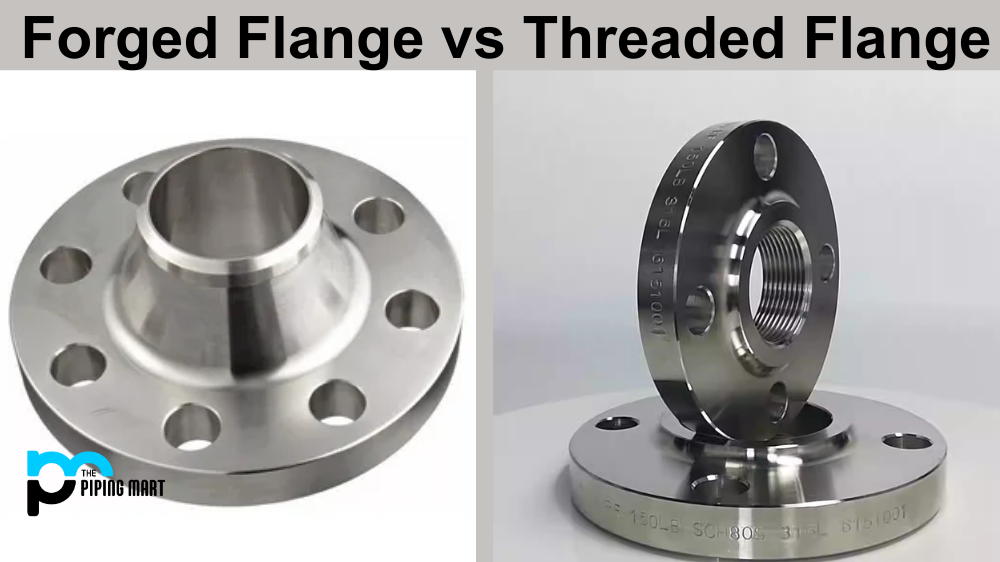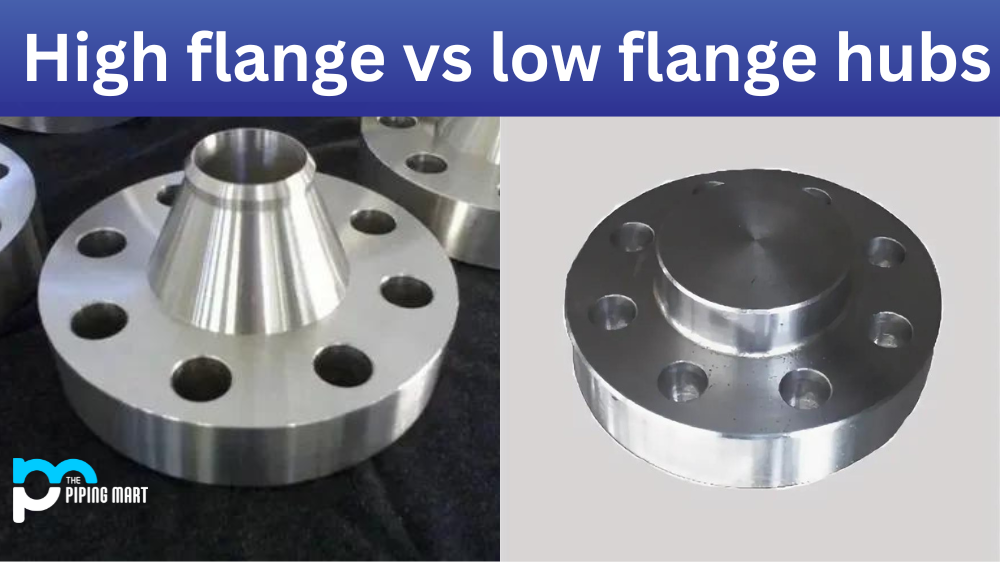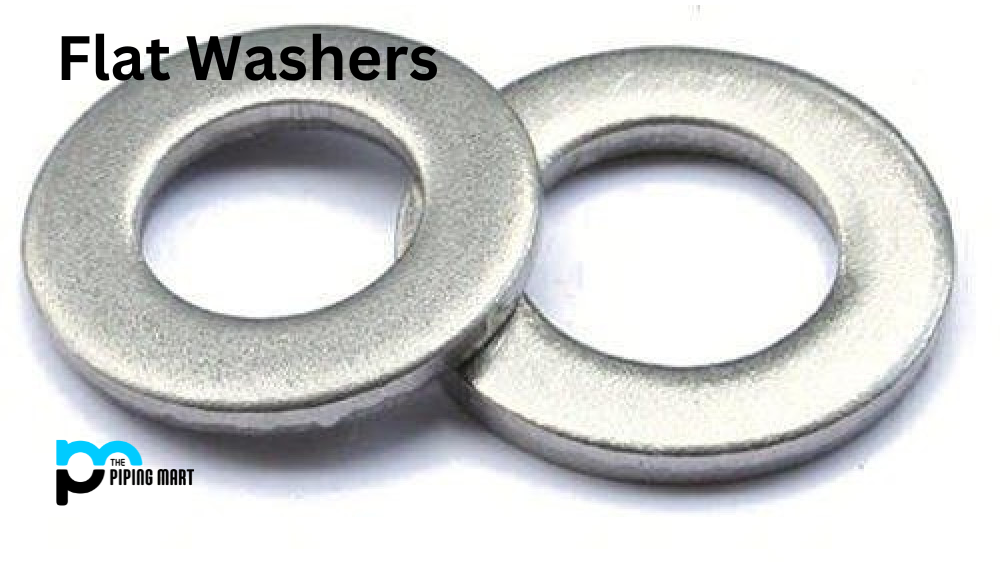Flanges are an essential component in piping systems, and they come in different types and sizes. Choosing the right flange for your project can be tricky, especially if you must become more familiar with the different types. Forged flanges and threaded flanges are common in the piping industry. In this blog post, we will explore the differences between these two types of flanges to help you make an informed decision when choosing the right flange for your project.
What are Forged Flanges?
Forged flanges are made from a single piece of metal heated and shaped under pressure. The forging process creates a stronger and more durable flange than other flanges. Forged flanges are typically used in high-pressure and high-temperature applications where the flange needs to withstand extreme conditions. These flanges are available in a range of sizes, from ½ inch to 24 inches, and they come in various materials such as carbon steel, stainless steel, and alloy steel.
What are Threaded Flanges?
Threaded flanges, also known as screwed flanges, are designed to be screwed onto a pipe with threads. These flanges are commonly used in low-pressure applications where welding is not preferred or feasible. They are easy to install and remove and are preferred for small pipes, usually up to 2 inches. Threaded flanges are usually made from carbon steel, stainless steel, and brass.
Differences Between Forged Flanges and Threaded Flanges
The main difference between forged and threaded flanges is their attachment method to the pipe. Forged flanges are welded or bolted directly onto the pipe, providing a strong and permanent connection. On the other hand, threaded flanges are screwed onto the pipe, which creates a weaker connection that is more prone to leaks.
Another difference between these two types of flanges is their pressure rating. Forged flanges are designed to handle higher pressure and temperature than threaded flanges. Therefore, they are more suitable for high-pressure applications that require a strong and sturdy connection.
Which Flange is Right for Your Project?
Choosing the right flange for your project depends on your needs and requirements. If you are working with high-pressure and high-temperature systems, forged flanges are the right choice. They provide a stronger and more durable connection and can handle extreme conditions.
If you work with low-pressure systems and prefer not to weld, threaded flanges are a good choice. They are easy to install and remove without requiring special tools or equipment.
When deciding between using a forged flange or a threaded flange, it is essential to consider the application’s specific needs. A forged flange is the better choice if the pipeline requires a high-pressure and high-temperature connection. If the pipeline has low-pressure and temperature requirements, a threaded flange is a more economical option. Ultimately, the decision should be based on the project’s specific requirements, budget, and the overall performance and reliability of the chosen flange type.
Conclusion:
In conclusion, understanding the differences between forged and threaded flanges can help you choose the right flange for your project. Forged flanges provide a stronger and more durable connection that can handle extreme conditions, while threaded flanges are easy to install and remove and are more suitable for low-pressure systems. Choose the right flange for your project to ensure a safe and reliable piping system.
Sakshee is a talented blogger, with a particular focus on the Business and Metal Industry. She is passionate about sharing her insights on various metal products and helping professionals to make a better decisions.




